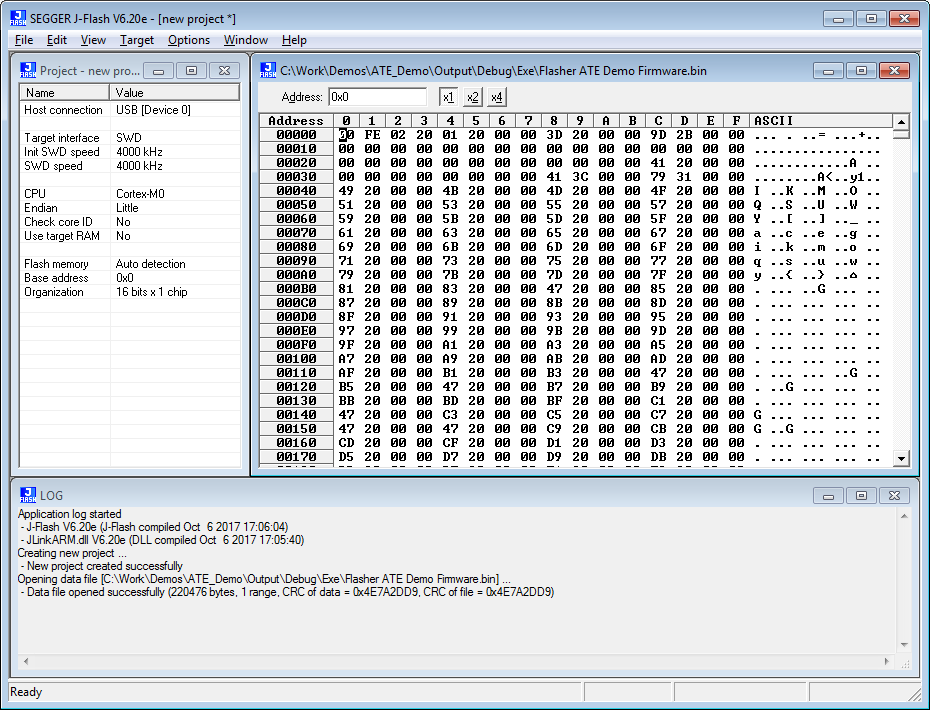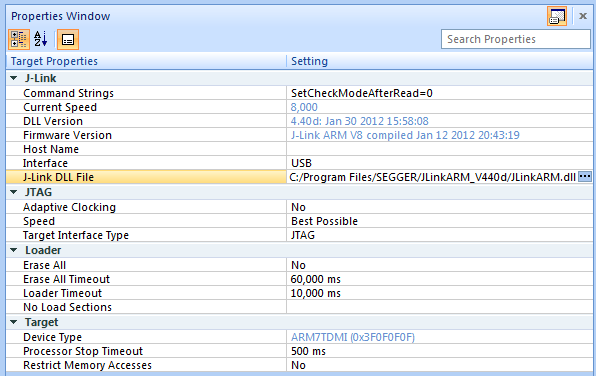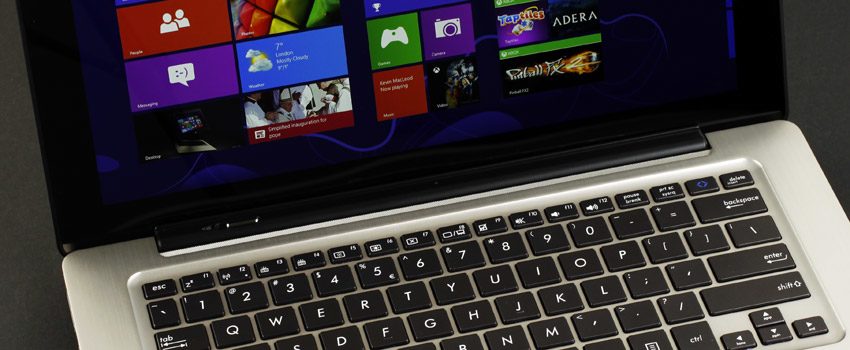SEGGER Embedded Studio may be licensed to a J-Link / J-Trace unit. If you would like to use SEGGER Embedded Studio with more than one J-Link unit, a license must be purchased for each device to be used. If you currently have a J-Link or J-Trace unit, please select the radio option to enter the serial number below and then enter the serial. Enjoy the videos and music you love, upload original content, and share it all with friends, family, and the world on YouTube.
- Segger J Flash Download
- Segger Download
- Segger J Flash Software
- Segger J Flash Arm Keygen Generator Free
- Segger J Flash 4.84a Download
- Segger Jlink Downloads
Segger J Flash Arm Keygens Sony. Many downloads like Xtract In V 3.0.8 may also include a crack, serial number, unlock code, cd key or keygen (key generator). We are going to use J-Flash ARM for flashing microcontrollers using J-Link Adapter. J-Flash ARM is a GUI interface that allows easy connection to ARM microcontrollers. It supports most of the ARM microcontrollers including ARM7/9/11 and Cortex-M0/M3. Programming speed reaches up to 150kB/s. Let us start J-Flash ARM to give it a try. Segger J-Flash Keygen, matlab 6 keygen, ssh keygen. Built-in sample demixing allows you to break Segger J-Flash Keygen beat loops and reuse them in your music. Music of 2008 olympic games youth olympic games olympic games timeline. Download: Jflash Arm Full Version, Downloads Found: 12, Includes: Crack Serial Keygen, Date Added: Today.
Last time we have covered the topic about flashing STM32 microcontrollers using the bootloader, which is the most comfortable and cheapest way of loading programs into MCU memory. But this isn’t the only way of doing this.
The firmware can also be downloaded using the JTAG adapter, which is also used for debugging. This time we are not digging into debugging but staying only with programming.
J-Link software

Segger J Flash Download
You can download latest J-Link software from Segger Download page. You will be asked for adapter serial number which can be found on the back side of J-Link adapter.
Once installed, you will get a bunch of programs that are used for various purposes. We are going to use J-Flash ARM for flashing microcontrollers using J-Link Adapter.
J-Flash ARM is a GUI interface that allows easy connection to ARM microcontrollers. It supports most of the ARM microcontrollers including ARM7/9/11 and Cortex-M0/M3. Programming speed reaches up to 150kB/s.
Let us start J-Flash ARM to give it a try.
In the main window, you can see project details along with Flash contents to be uploaded and LOG messages. If you have already connected your J-Link adapter to ARM board, you can load compiled binary in any accessible format like .hex, bin, etc.
Programming ARM via JTAG
Once loaded you will see its contents in a window. Next, you can go directly to menu Target->Program&Verify. The adapter will automatically connect to target and initiate programming. If the programmed memory area isn’t empty you will be asked if you need to erase overwritten area:
Usually, you would go with Yes.
After a couple of seconds it is done:
To start your program without hitting the reset button, you can go to menu Target->Start Application or hit an F9 keyboard key.
Other features of J-Flash
Segger Download
Let us go quickly through other things you can do with J-Flash ARM. Almost all fun can accessed through the Target menu:
Here you can see a Test function where you can test programming and reading speed. Here are my test results:
Segger J Flash Software

Also, you can secure or un-secure chip, check blank, fill flash memory with zeros, erase the chip, verify, and so on. These are essential functions that you would expect from a programmer adapter.

Project settings of J-Flash
If you want more control of your programming, then you can change project settings. To enter the settings menu, you should go to Options-Project Settings. Sketchup make 2014 free download torrent. Here you will find several settings tabs. General, Target interface, CPU, Flash, and Production:
For instance, in Target Interface, you will be able to select JTAG or SWD and speeds before initialization and after initialization. Usually, leave them to Auto to be safe.
In CPU settings, you can pick your device manually. Also, you can add some actions in to init sequence. By default, there is a reset signal sent. But you for some reason may do other stuff like adding delay.
Production settings allow selecting some robust tasks when programming chips for production. Here you can even program device serial number into the selected memory location.
Usually, for prototyping, you don’t need to change any settings. It works fine out of the box. As you know, JTAG adapters are meant to be more than just programmers. Their primary purpose is debugging software by running it in the target board. But if you have one, it can serve both purposes.
Segger J Flash Arm Keygen Generator Free

Couple more flashing methods: Embedded Bootloader and Using ST-Link Utility
Segger J Flash 4.84a Download
This site uses cookies. By continuing to browse this site, you are agreeing to our Cookie Policy.
Your browser has JavaScript disabled. If you would like to use all features of this site, it is mandatory to enable JavaScript.
Segger Jlink Downloads
samuelamparo
Community Member
My setup:
J-Flash ARM V4.54a
Flasher ARM with latest firmware
Target board with Energy Micro Cortex M3 ( EFM32G230F128 ) mounted
Programming using SWD interface
I'm following the guide in chapter 2.4 of UM08007 on how to setup the Serial number programming. The setup for the serial number programming is:
Address: 0FE00000 (User Data part of the memory)
Len: 2
Next SN: 40000
Increment: 2
After downloading the config, data and serial number file I program and verify the target.
The program and verification succeeds and the binary is written correctly to the target, however the serial number is not written to the target.
EDIT[If doing the programming by pushing Start/Stop button (or selecting Target->Auto) the serial number is correctly written to target!
Is there a straight forward way to program other data bytes to a specific address, i.e. not writing a serial number or a binary (see below)?]
I have also tried to program using J-Link Commander. Writing the binary works as expected, writing 'items'/words (w1, w2, w4) does not work. What I'm hoping in the end is to be able to write unit specific data such as serial number & configuration data into the User Data part of the memory in our production test.The post was edited 2 times, last by samuelamparo ().
